The Frisian islands stayed behind when we were departing from Vlieland towards IJsselmeer and the harbour of Den Oever. We decided to skip Den Helder which we originally planned to visit as well. Den Helder seems to be a stopover for many Finnish boats on the way to the south, but we however steered towards the Afsluitdijk dike and IJsselmeer.
I was writing a blog story and Andrus was steering the boat when we were passing the south-western end of Vlieland. Suddenly a low flying fighter jet roared above us. A few moments later a full squadron followed it with quite a noise. And just after that we also heard on VHF, “Sécurité, sécurité, sécurité this is Netherland’s war ship, war ship, war ship…” They identified their coordinates and noted that they are going to fire with live rounds. We quickly checked their position and if we are on the line of fire because we were just passing the military practice area. Fortunately the firing exercise was ongoing in a neighbour area and we could continue forward on our planned route.

Waddenzee is rather shallow and during the low tide it partially dries up. The Dutch skippers seemed to know the good spots for walking and swimming because we saw several sailing ships and traditional Dutch sailboats (with leeboards) lying on a seabed while their crew’s were exploring the grounds. It also seemed that many of the seals took advantage of low tide and were enjoying the summer sun.
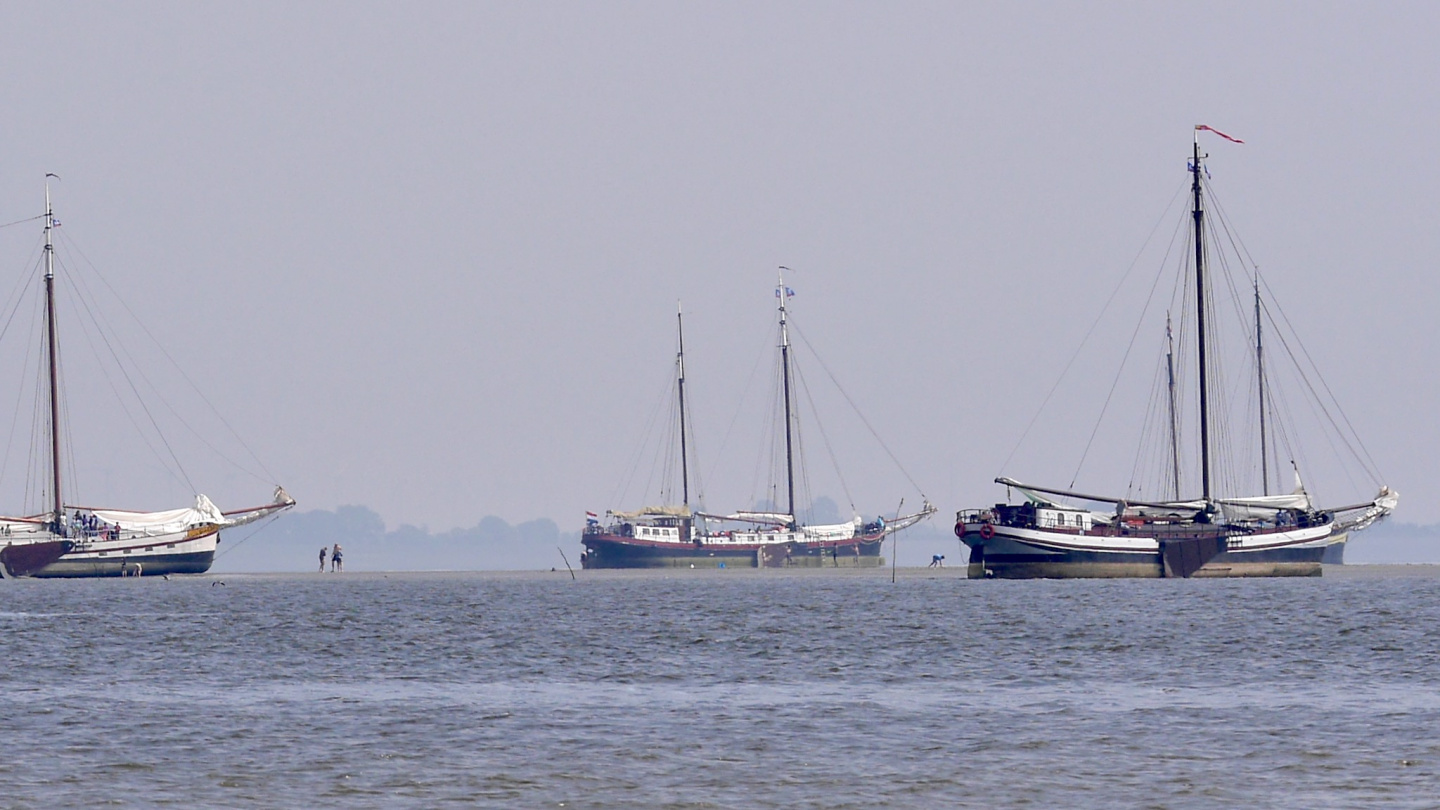
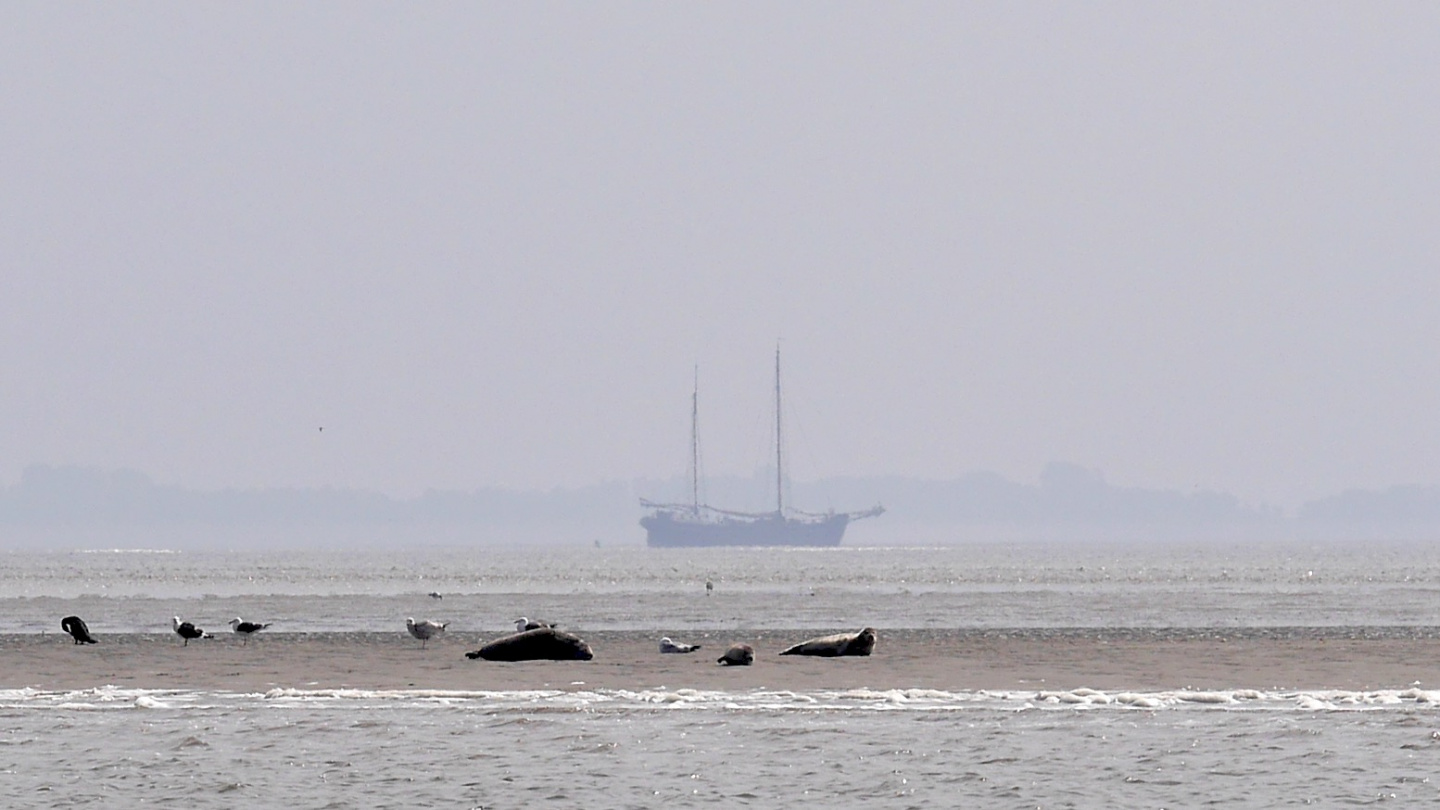
Already for ten days the north wind has been blowing and giving us a cold but good sailing conditions. When we were leaving Vlieland it was calm and during the afternoon the light southern wind picked up. The temperature immediately increased to 20 degrees. It was so nice to change an offshore sailing gear to a lighter outfit.
After motoring for 54 miles we arrived to the Afsluitdijk dike that separates the North Sea from IJsselmeer. The Afsluitdijk is 32 kilometres long dike and it took five years to build it during 1927 – 1932. The first plans were already made in 1886 but it took half a century before the construction was actually started. The dike prevents flooding in Dutch cities during the North Sea winter storms and of course it allowed to gain more new land. There is a highway on the dike and to enter the lock we had to pass a bascule bridge first.
Lock keeper told us on VHF that we should wait for a while and enter the lock after the barge. There are fixed bollards on the wall of the loc. We only were raising for about a metre and soon we were on IJsselmeer.
The marina of Den Oever is immediately located after the lock. We still had some energy and made a quick decision to continue directly to Enkhuizen. This meant another 18 miles to go. On IJsselmeer it felt like being on Finnish lakes, the water is shallow and the waves stay small. We could also see the land in all the directions of the horizon.
There are four marinas in Enkhuizen. We entered the first one called Compagnieshaven. The marina was huge but despite of this it was absolutely full. After the circling around for a while we found one free berth between the piles. Next morning we got a confirmation in the harbour office that the owner of this berth will not return during our visit. We have had on many occasions that the berth’s owner has arrived earlier and we had to change a place. Fortunately in Enkhuizen this was not the case.
During the walk in Enkhuizen’s streets we saw the first canals of Holland. Cute little waterways criss-cross among the streets and houses.
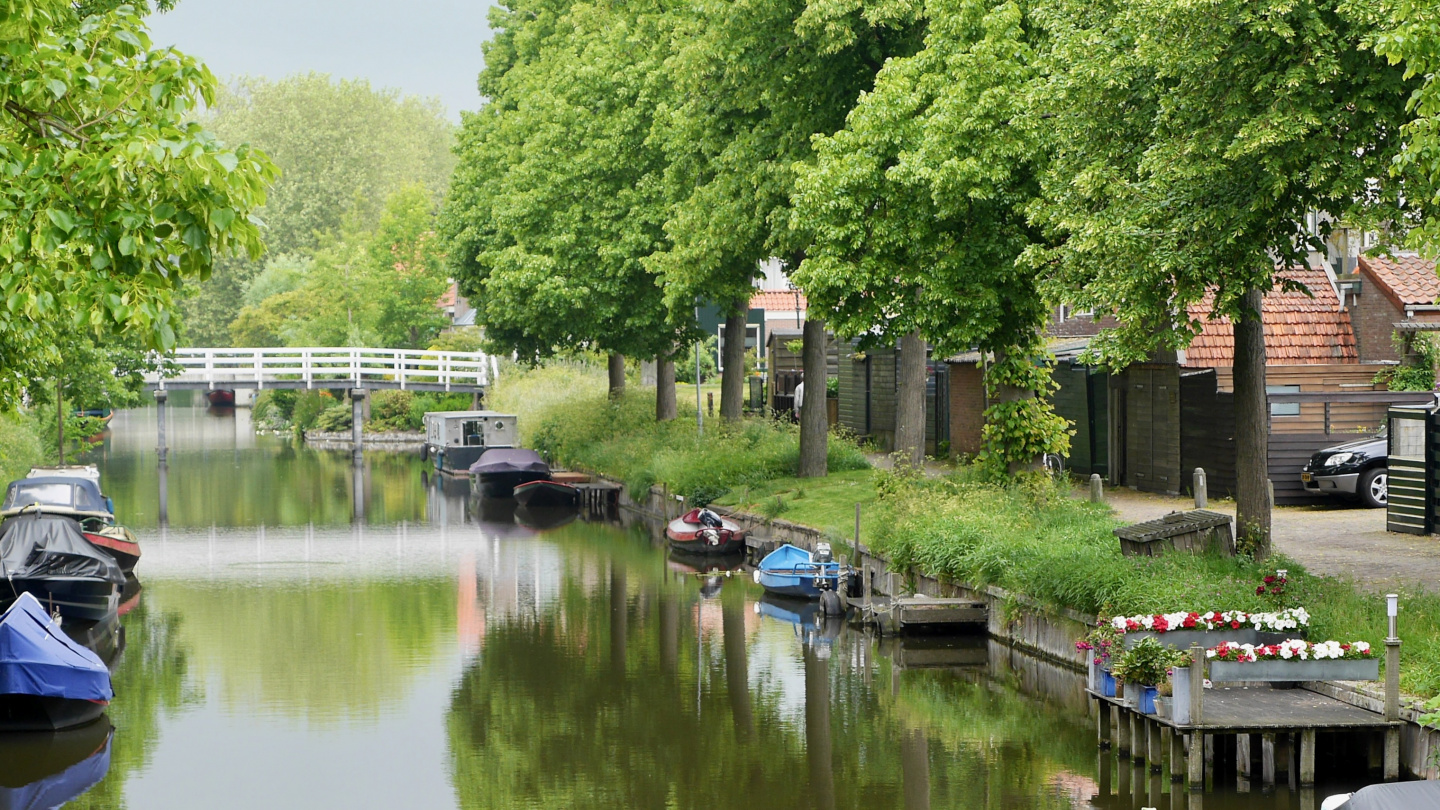
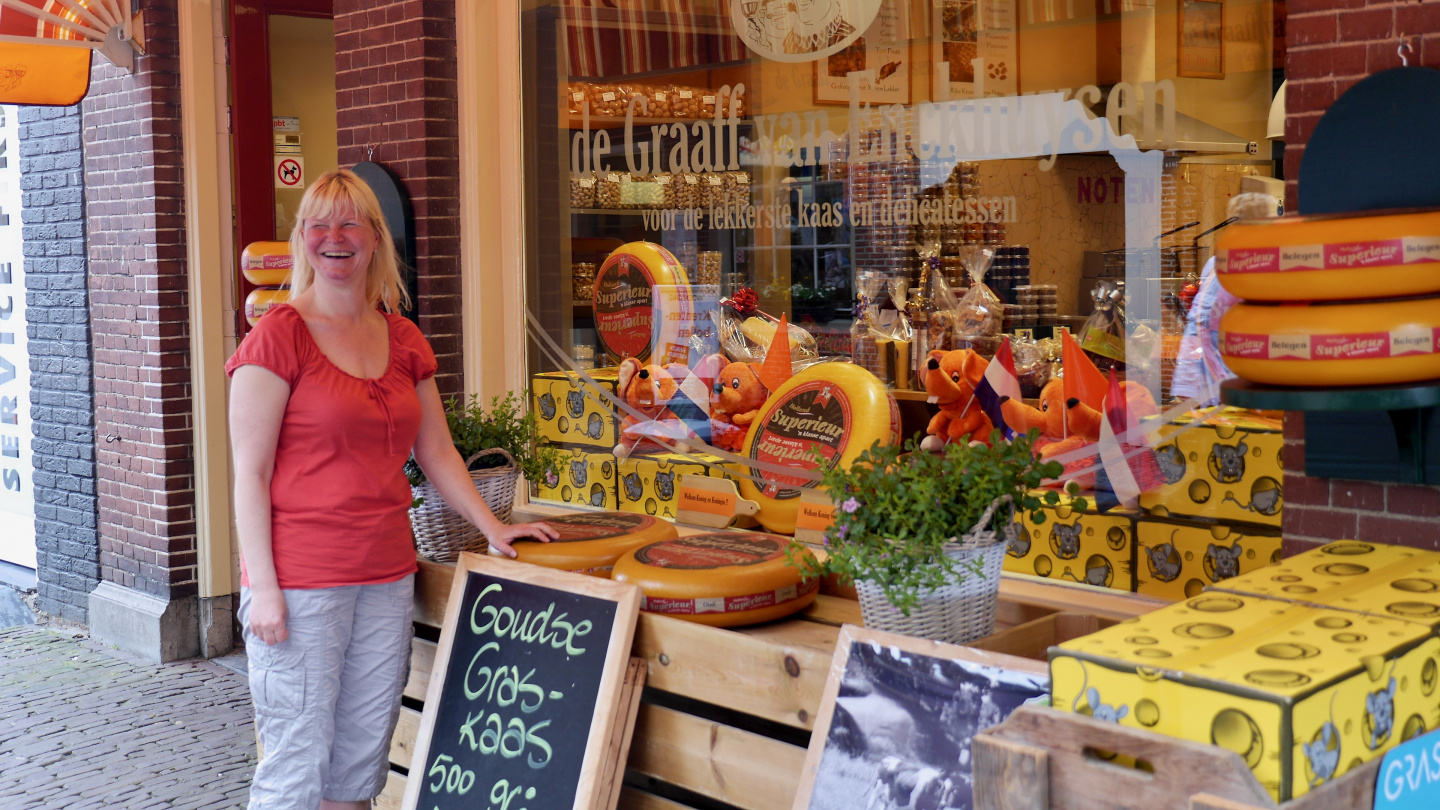
During the city exploration we also saw the other three harbours of Enkhuizen. Two middle ones are on the city canals and they look more like home harbours for local boats. The atmosphere here in Holland is so relaxed that we suppose the visiting boat would not be a problem if there were any free space.
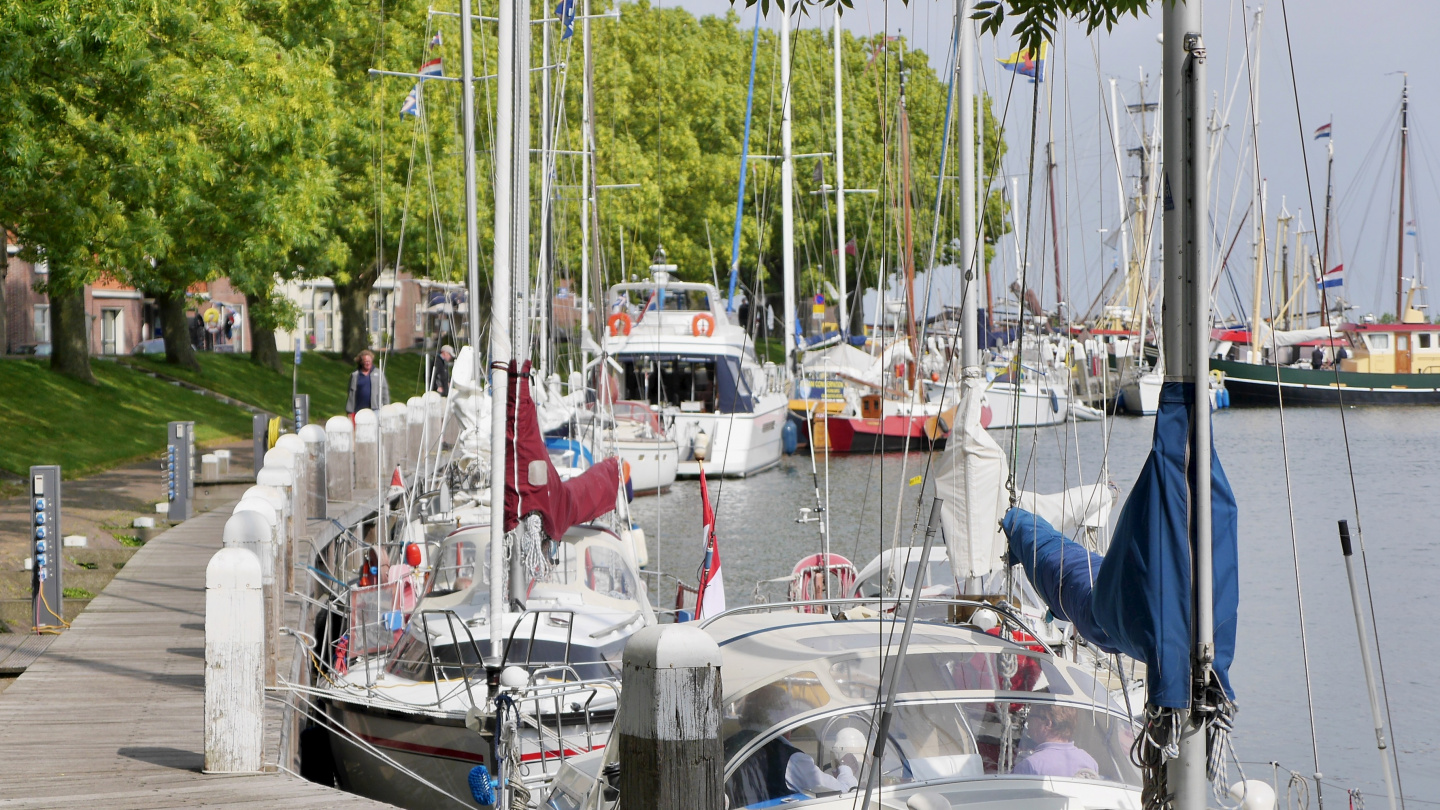
Enkhuizen seemed like a nice small town in North Holland and we can recommend it as a stopover on IJsselmeer.

